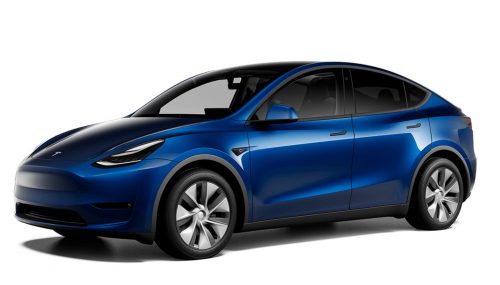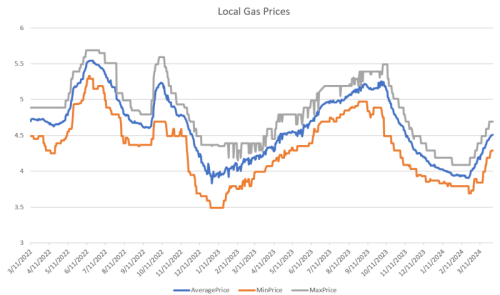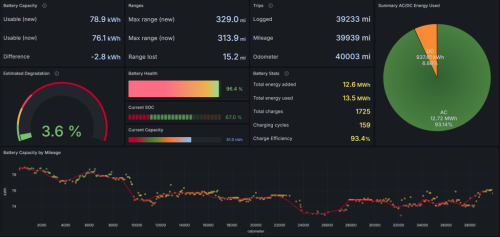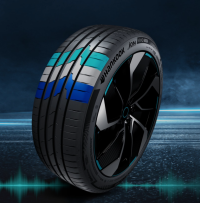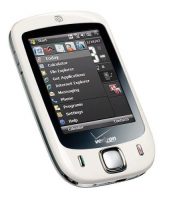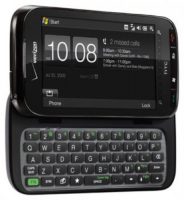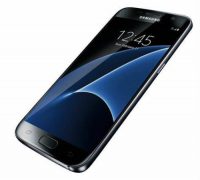Welcome to another Tesla Tuesday!
Every Tesla comes with “Autopilot” which I roughly explain to people as cruise control for steering. It will keep you in your lane, keep you at the speed limit unless traffic slows, etc. In contrast to other car manufacturers, this works on any road in a variety of conditions.
There’s a step up from Autopilot called “Full Self Driving (Supervised)” which expands the capabilities to give you end to end self-driving. It will navigate, obey stop lights and stop signs, change lanes on the highway, etc. All Teslas are capable for this, but you must pay a $12,000 fee to enable it. As you can imagine, very few people are willing to pay that much, so they also offer a $200/month subscription that you can turn on and off. That was almost low enough to get me to try it out on our big road trip, but it was still too much to justify. (As I was working this draft, Tesla lowered the price to $100/month!) So I was happy when Tesla gave all Tesla owners a free month of FSD in April! We’ve put over 40,000 miles on our car without the FSD package so it has been interesting to see the differences.
The obvious question is: is it worth $12,000? And to that I immediately say “Nope.” It’s certainly more than a party trick, but I cannot fathom paying that much for it in my current situation. I’d probably pay $1000-2000 for it, or I would pay a bit more if the FSD capabilities stayed for future Tesla purchases.
With that said, this works shockingly well. Elijah’s school is 18 miles away and I literally had it drive us from our driveway to the school parking lot without me ever disengaging it. This included a mix of interstate, two lane highway, and side streets in rush hour traffic. This feature is no joke.
Note that they make it clear that you are still responsible for the car. You have to always keep your hand on the wheel and be ready to take over if something is incorrect. Once you’re in the car, it will scream at you and even pull over and stop driving in the extreme case where you really stop paying attention.
It’s not all roses though. While it will get you there safely and legally, it does make some awkward decisions. On our road trip to Oregon, it would change lanes when I would have been more polite and waited for a bigger gap. Or if someone is waiting to pull out of a side street in slow traffic, I might tap the brakes a bit to let them in. Or if the speed of a side street was 35, it might not speed up to 60 on the highway until the end of hte onramp. There are a few tuning options and I found “chill” with “minimal lane changes” to be closest to my driving style. I preferred it to be dumber and let me hint at things like lane changes (by turning on the turn signal.)
The FSD package also includes a couple extra goodies.
- Automatic Parking – As you drive through a parking lot, it will see open parking spaces. You can tap one on the screen and it will back into the spot. This does work but sometimes it takes a couple attempts to get in straight. I would expect it to just nail it on the first time, especially in a wide open parking lot.
- Smart Summon – Let’s say it’s raining when you come out of the store and you’re debating running to the car. With Smart Summon, you just press a button on your phone and your car will come to you. This only works on private roads and it drives awkwardly slow, but it does work. It’s a bit creepy to see your big investment driving itself with nobody behind the wheel. This one definitely feels like a party trick, but supposedly there is an improved version coming which they call “Actually Smart Summon”.
So yes, this technology is mind-blowing. I have no doubt that this will work flawlessly in the future. But for now, I’m quite content with the default Autopilot capabilities. The price for the full package is very aspirational right now. However, now that the monthly price is $100/month, I’d strongly consider doing that for a long road trip.
Here’s a short demo of it in action in our car. If you get bored with the regular driving part, you can skip towards the end to see the self-parking and the smart summon features in action.

